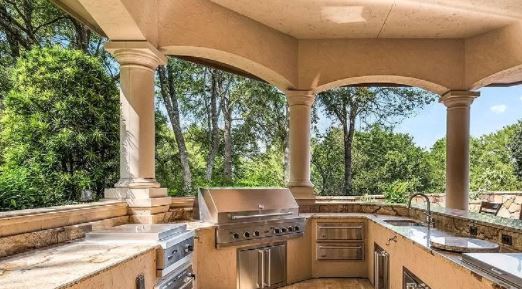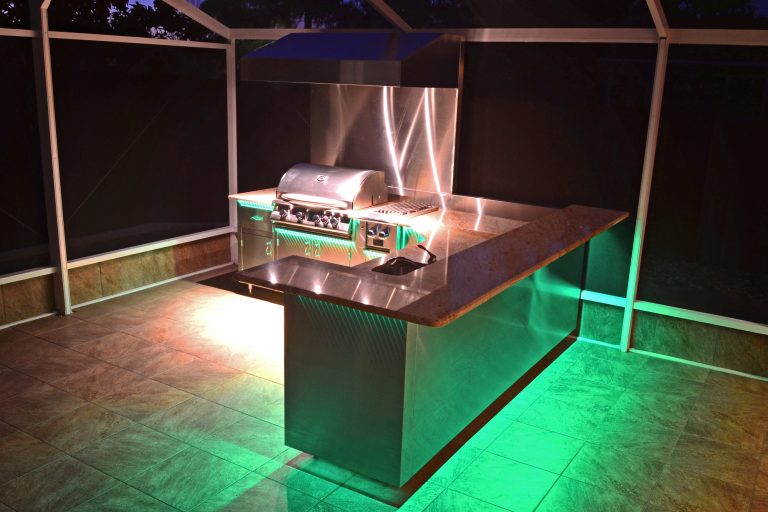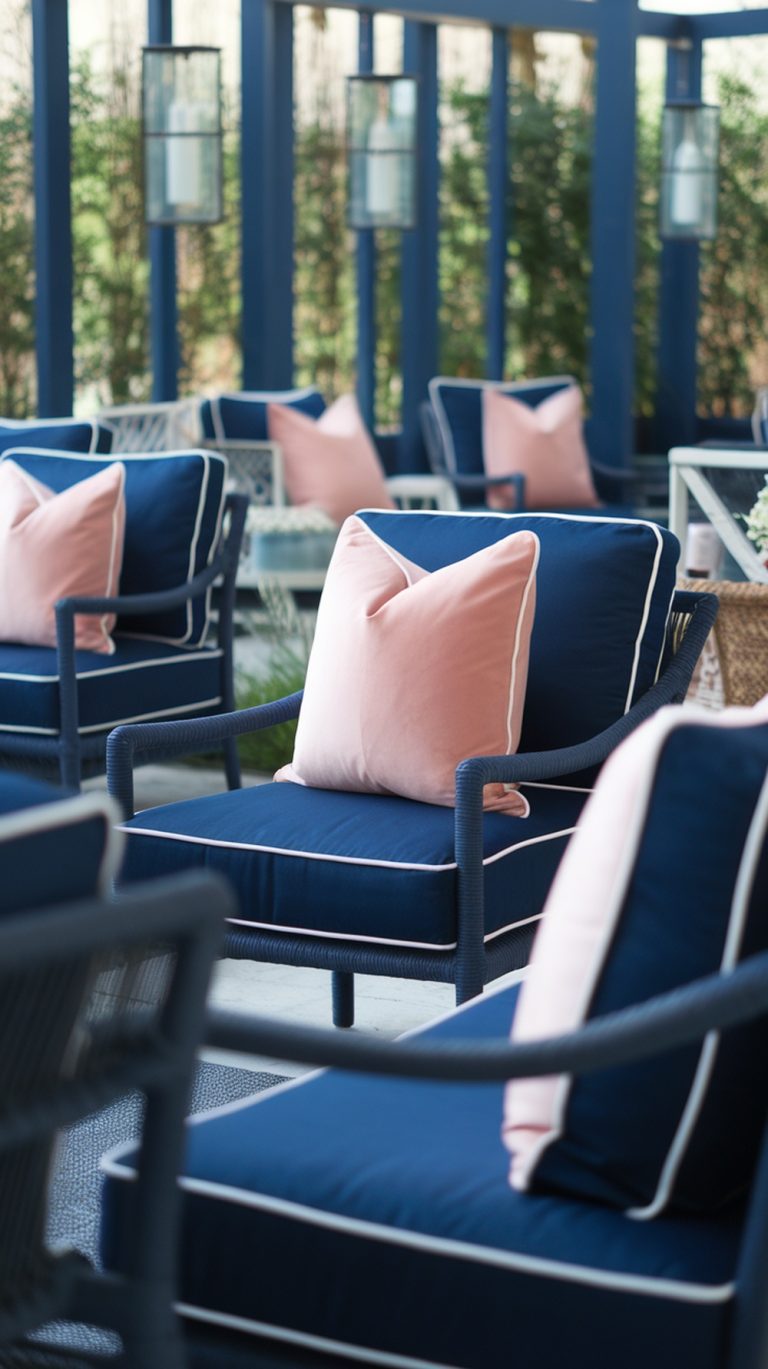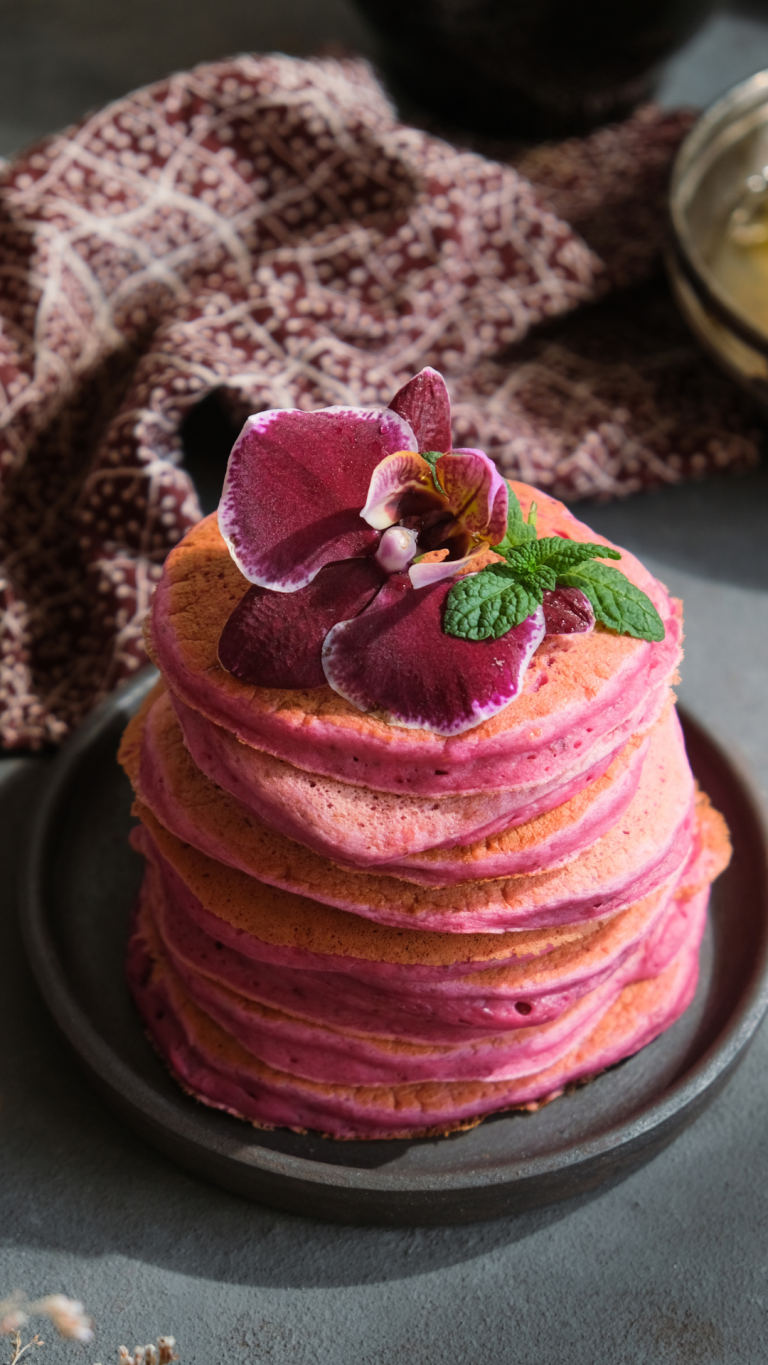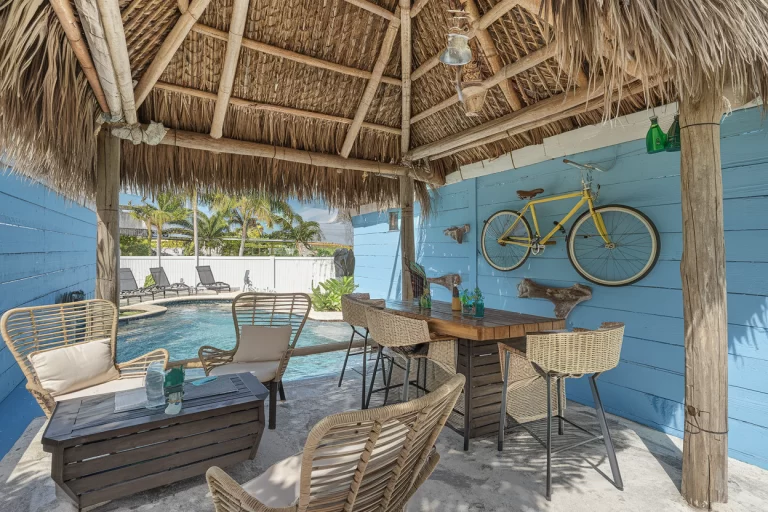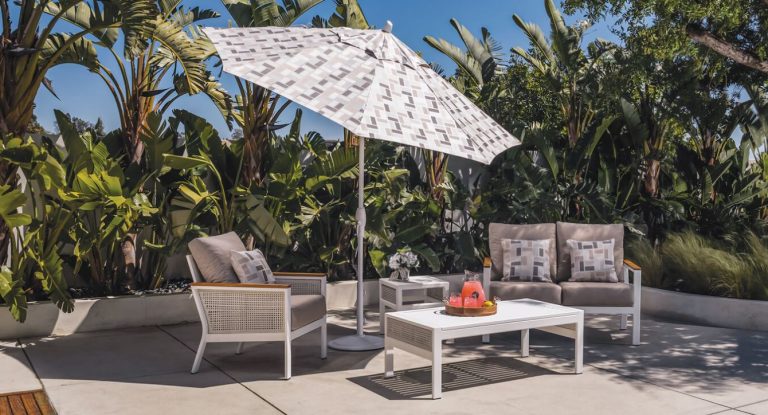Does an Outdoor Kitchen Need to Be Covered?
Do Outdoor Kitchens Need to be Covered?
Table of Contents
ToggleRoofs emerged as a structural element to meet a specific practical purpose. An outdoor kitchen’s roof is no exception. Such requirements typically include our seeking out, purchasing, constructing, or otherwise concocting structures capable of completing the task at hand.
These well-chosen, well-built, and well-placed overhead shelters will do their tasks without complaint. Such structures will labor alongside us in our outdoor kitchens throughout the summer heat and the winter winds and cold, holding back, bearing up, keeping in, keeping out, roofing over, and overall making the outdoor kitchen a nicer place to be.
Outdoor kitchens should be covered if you want to protect your guests and your equipment from the weather. Extending the roof covering beyond the footprint of the outdoor kitchen and outdoor living space will further protect the interior from sun and inclement weather.
The size of your outdoor kitchen roof covering and the type of roof will determine how much protection you will get from the shelter. Other elements to consider are how permanent you want your roof covering to be and your budget.
The addition of a roof to an outdoor kitchen enhances the impression of being in a room outside and complements your landscape design. It also gives you additional options when it comes to material selections and architectural elements. And, importantly, it allows you to extend the seasons in which you can use your outdoor room.
How can I protect my outdoor kitchen from the weather?
Protecting your outdoor kitchen from the weather starts with selecting the right materials for cabinetry and outdoor kitchen appliances such as a charcoal grill or pizza ovens. While these materials are weather resistant, they are not immune to damage or wear and tear. You can cover your outdoor kitchen to help protect the surfaces from the weather, or you can provide overhead shelter from an outdoor kitchen roof or canopy.
There are different types of roof patio cover you can employ to mitigate the effects of wind, rain and snow, hail, and ice. Each has its own set of pluses and minuses.
Outdoor Kitchen Roof Design Options
1. Existing Structures
You may be fortunate enough to already have a covered area in which to bring your outdoor kitchen ideas to fruition. Covered patios and areas under decks and balconies can be prime spots to locate your outdoor kitchen near your homes exterior.
As these spaces are attached to your home, they offer utility access and proximity to your indoor kitchen. Because they tend to be enclosed on more than just one side, there are other considerations to take into account.
With outdoor bbq grills and smokers, you will need to plan for ventilation so the smoke doesn’t accumulate under the roof and become a breathing hazard for yourself or guests. Installing an overhead ceiling fan is one method to move the bad air out. There are outdoor vent hoods which are much more powerful than your indoor kitchen fan which will suck up grill smoke and discharge it through a chimney vent. The closer your grill or smoker is to your house walls, that is the more sheltered they are, the more ventilation will be required under the roof structure to get rid of smoke.
2. Roof Extensions
Some people refer to these add-on roof structures as lean-tos or overhangs. A lean-to is a structure attached to another structure such as a house or garage. The roof of the lean-to typically has just one pitch, the high end of which is the attached side. It leans on the permanent structure for half its support, hence its name. It is usually open on three sides and supported by posts at the terminal end.
A roof extension can match the existing roof of the house with shingles, tiles, metal roofing, slate or cedar shakes. It is a semi-permanent structure as it can be removed without harm to the house or garage.
An outdoor kitchen located under a lean-to benefits from not only the protection it provides from rain, snow and sun, but also from cross-ventilation which helps dissipate grill smoke so it doesn’t gather under the structure and cause breathing issues.
It can be one of the lesser expensive options for creating a covered outdoor kitchen and eating area in your outdoor space.
3. Gazebos, Pergolas, Arbors, Pavilions and Shade Structures
When the outdoor structure is not attached to a house, it can take on a variety of shapes but the purpose is the same: to retreat to a sheltered spot in a private area in the yard. They become destinations in and of themselves. The structure can mimic the property’s main house in architectural style, or they can be more creative with fanciful millwork or by mirroring your creative outdoor kitchen ideas.
These stand alone structures can be fully roofed, as in the case of gazebos, and pavilions, or they can have a more open roof structure such as arbors and pergolas.
An arbor or roof pergola will filter sunlight and provide a moderate amount of shade on hot summer days. Arbors can be covered in wisteria vines to provide even more protection from the sun. Either structure can be site built or you can buy pre-made kits and assemble the structure yourself or with professional help. Wood and metal frame kits are two popular options.
Either option will allow open-air cooking and dining. Ventilation is typically not a problem with these types of structures as their roofs are not solid structures. When sun is an issues, but rain and snow are not, these will do nicely for shading your outdoor kitchen while you tend to the cooking center and entertain.
Gazebos and pavilions, on the other hand, have full roofs. Some allowance will need to be made for roof drainage and in many cases, these will have a gutter system or large overhangs so that rainwater will fall away from the outdoor kitchen and seating areas underneath. They can be made of wood, vinyl or even timber frame and are more permanent in nature. The roof can have a gable or hip roof style or any other roofing style that complements the outdoor living space.
4. Awnings and Shade Sails
Designers are becoming ever so clever with their use of fabric to give shade and rain protection for outdoor kitchens.
While awnings have been around for centuries, their use has been recently adapted to shelter outdoor kitchens. You can use an awning over a grill or griddle if the awning is more than six feet from the top of the grill. The risk is fire damage to the awning (which is made of combustible material) and grease accumulation on it if the grill is too close to the underside of the awning. The grill should be on the outside edge of the awning for maximum ventilation, not next to the house or located on an adjacent wall to prevent damage.
Retractable awnings are a good option if you only need shelter some of the time. There are also shelters with roof structures that contain several fabric sections which can be opened and closed depending on the location of the sun in the sky to provide shade in some spots and not others.
For ease of installation and ease on the pocketbook, there is nothing like the striking look of a few shade sails strategically placed over an outdoor kitchen. The sails are suspended from a permanent structure or from poles. Shade sails provide a lot of sun protection, and can help keep the kitchen dry during a light rain.

